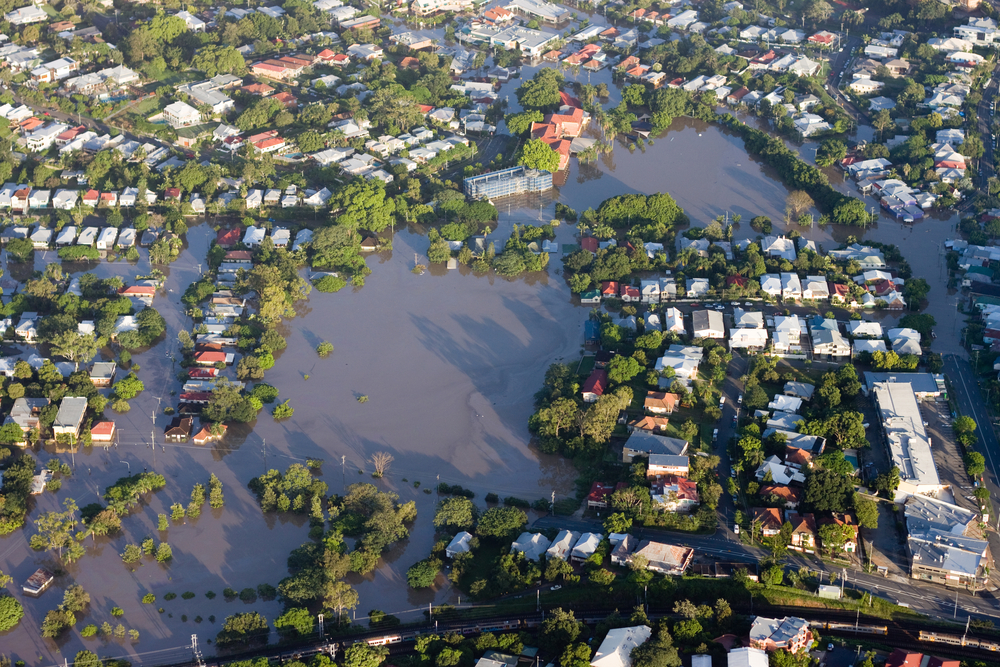Storm Water Attenuation - How it works

The majority of new build sites in the UK will now have a requirement for some sort of attenuation strategy to control stormwater landing on the site, both from the roof and surface areas.
Before new sites are built, in most cases the ground will be some sort of soil, which naturally soaks up the rainfall that lands on it. When a new building is created there is nowhere for that rainfall to go except to the stormdrain. Most of our drainage network was designed and built for fewer buildings and so it becomes overloaded and cannot cope with the amount of water running into it, causing flooding.
Attenuation systems work by holding back the water in a storage vessel on site, then slowly releasing the rainwater to the stormdrain at a rate which the infrastructure can cope with.
Attenuation storage is sized on a standard storm rate; the liklihood of that particularly intensity of storm occuring in a certain period of time e.g a 1 in 100 year storm. The longer the storm period the heavier the rainfall and the less likely that type of storm is to occur.
So in reality we are sizing, often huge tanks, for an event which is only likely to happen once in 100 years, meaning that it sits empty most of the time. Our Active Attenuation system can make the best use of the water stored in this tank by re-using it in the building.






